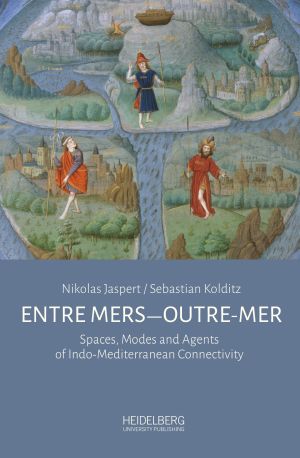Zitationsvorschlag
Lizenz (Kapitel)

Dieses Werk steht unter der Lizenz Creative Commons Namensnennung - Weitergabe unter gleichen Bedingungen 4.0 International.
Identifier (Buch)
Veröffentlicht
Die Genuesen und das Schwarze Meer—Raumerfassung und Raumpraxis am Beispiel des Liber Gazarie
Abstract This paper aims to answer the question, how medieval actors perceived the Mediterranean and the Black Sea, by analysing the Genoese ‘Liber Gazarie’ – a fourteenth century collection of communal decrees concerning the practice of seafaring and overseas trade. The commune’s decrees focus on the main trading routes along the shores from Italy via the Peloponnese to the Bosporus and Crimea. In order to organise seafaring and to control the implementation of decrees, focal points, such as Pera in today’s Istanbul and
Caffa on the Crimea were chosen, which functioned as hubs connecting different trading routes. Whether or not the hinterland of harbours and coasts is also considered, besides the port cities, depends on their importance for the political and/or economic interests of the Genoese. Thus, the caravan route leading from Trabzon to Tabriz is reflected in a detailed manner, whereas in other cases only the organisation of ports is mentioned. At the same time, the linear way in which the Mediterranean and the Black Sea are described in the ‘Liber Gazarie’ contrasts with the new two-dimensional mode of representing the maritime space in late medieval portolan maps.






